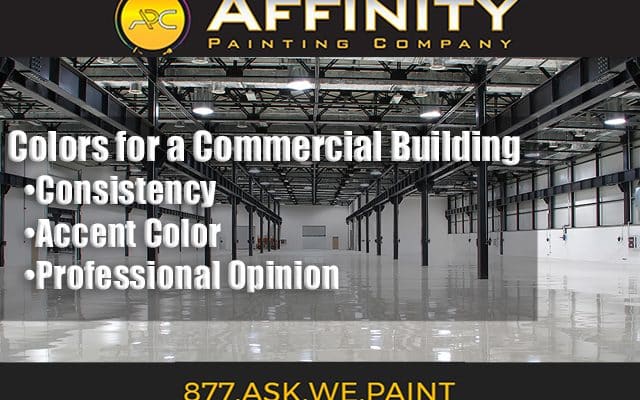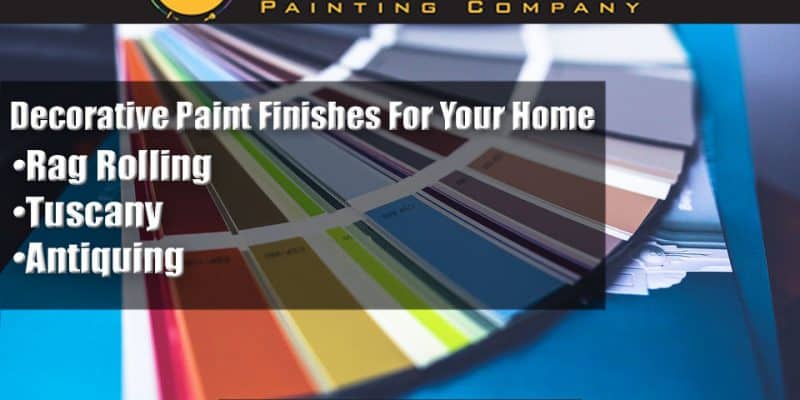

Thanksgiving Buckets of Love
https://youtu.be/FTX93l6X3ko
“These Folks are not just nameless faces, they are our neighbor”
Since 2012 Affinity’s Painting launched the Buckets of Love campaign to help feed families in the community during Thanksgiving. What started with 120 paint buckets filled to the brim with a turkey and all the timings has now grown thanks to our projects and contribution from our communities. As of 2015 Affinity Painting has provided over 3,000 Thanksgiving dinners to your communities.
“To us, as a painting contractor, the “bucket” signifies many things – a stool when taking a break, a lunch pail for lugging around our lunch while at a jobsite, a step ladder for those hard to reach places, a bucket to mix our paint and carry our tools. It’s the single most important item for us which is the reason why we use it to warm many hearts.”–Albert Abad Co-Founder, Affinity Painting Inc
Want to paint an even better future?
Join Affinity Painting in giving back.
Contact Albert Abad at 877-ASK-WE-PAINT
Find out more at https://affinity-painting.com/buckets-of-love/

Three Decorative Paint Finishes to Beautify Your Home
Decorative paint is one of the simplest yet most effective ways to add more visual interest and aesthetic feel to your living spaces.
While a basic application can spruce up any space, there are several decorative techniques that can take the look to the next level.
Careful using of one of these finishes provides a pop of color and texture. Consider one of these finishing techniques for different spaces in your home.
Rag Rolling
The rag rolling technique results in a translucent textured, mottled look instead of a solid blanket of color on a wall.
With rag rolling, we use a specialty rag roller in combination with med weight cotton cloth that is cut and shaped.
When the cotton is pounce it will produce the look of a traditional rag blotting technique.
After applying a base coat of paint, we apply a glaze that is kept wet so the use the rag roller and cotton rags can remove the excess glaze.
Resulting in textures, that can be left heavy or a soft.
Rag rolling is a beautiful choice for an entryway, bathroom or four-season sun room.
Tuscany
A Tuscany style of painting involves applying two coordinating colors of paint to create an aged look that mimics Tuscan architecture.
Our experienced painters do this by applying a warm-hued base coat to the wall. We then prepare a glaze mix that combines a clear glaze with a paint shade that is slightly darker than the base coat.
The dried base coat is lightly misted with water, and our painters then apply the glaze using a scrubbing motion for a one-of-a-kind finish.
This effect is beautiful for light-filled spaces such as a kitchen, hallways or a master suite.
Antiquing
What is Antiquing? Just like it sounds it is a faux distressing finish that makes something new look like it’s old.
This technique is often used on furniture and small decorative items or trims, but it also works well for other parts of your home, such as a built-in bookshelf, fireplace mantle, crown moldings or decorative doors. Antiquing also delivers a powerful visual effect when it’s done on a single wall of a room.
Our painters perform the antiquing technique by applying glaze, sanding, waxing and flecking additional paint.
Looking for more information?
Why don’t you give us a call at 877-ASK-WE-PAINT or Contact Us Here

How to Prime and Sand Different Surfaces
How to Prime Surfaces Before Painting
Look for an experience painter that knows how to prepare and paint the common materials used to construct homes and commercial properties. The most common painted materials for the exterior of a home or commercial property are surfaces like, plasters/ stuccos, woods, metals or aluminums. There are some similarities in the way you treat each material, but there are also some important differences. Here is an overview of what treatments to prepare-sand and prime each material.
Treatments and Scraping the Surface
The surface of all the materials may require special treatments or solutions like TSP (Trisudium Phosphate) or degreasers such as Simple Green, Krud Kutter, Ajax.
Your surface as well may need to be pressured washed, scraped with a paint scraper, paint or stain removers / strippers, sanders to remove all the loose and hanging pieces of old paint.
Remove the Ridges Along the Edges of the Old Paint
Ridges typically form along the edges where the old paint meets bare material. We recommend the ridges to be feathered back so that they won't show through the new coat of paint or patching compound. The ridges can be sanded / feathered down with 80 to 220 grit sandpaper, until the there is a smooth slope going from the bare material to the thick part of the paint on the surface. We recommend sanding with the grain of the surface to increase an even better finish.
Clean Surface
The surface is cleaned with a mild detergent to remove any oil, grease, mold, dirt and debris solutions like TSP (Trisudium Phosphate) or degreasers such as Simple Green, Krud Kutter, Ajax, clarinet before sanding or the primer is applied.
Sanding Process
How to sand a surface to remove stains, rust and paint.
• Wood: Wood should first be sanded using 60-grit sandpaper and a sander to remove ridges and paint. Finer 100-grit sandpaper is used to smooth the wood to a nice finish before you apply the primer.
• Metal: All the rust, loose paint and ridges are removed from using 120 to 150-grit sandpaper and a palm or orbital sander.
• Aluminum: Aluminum can be sanded down using 120-220 grit sandpaper with a handheld random orbital sander.
Apply Primer
The primer is applied using long, straight strokes with a soft-bristled or a tight nap roller and even a paint sprayer. For wood and aluminum surfaces, an acrylic-based primer is used in most cases. Metal requires a primer that is specially formulated to adhere to the metal and has rust-inhibiting ingredients in it.
Properly priming a surface before painting helps make a home or commercial property look fresh and new.
Why don’t you give us a call at 877-ASK-WE-PAINT.

Are 5-Year Paint Products Different From 20-Year Paint Products?
If you’re looking to paint the interior or exterior of your home, you want to invest in a paint product that’s made to last. Perhaps you’ve noticed that some paints are warrantied for 10 or 20 years while others are only warrantied for five. The longer-lasting paints usually cost more, so it’s tempting to just reach for the cheaper can and assume that everything will be fine. Before you stock up on budget paints, consider some of the important factors that can impact paint quality.
All Paints Are Not Created Equal
There are numerous factors that determine how long a paint will last, especially on the exterior of a home. For instance, water-based paints hold up much better than their oil-based alternative because they naturally stretch. Oil-based paints remain stationary and are therefore more prone to cracking and peeling when changing weather conditions cause the siding to expand and contract.
A five-year paint may be water- or oil-based, but it usually doesn’t offer much in the way of premium ingredients like high-quality pigments or abrasion-resistant coatings. Paints with these types of protective formulas tend to have longer warranties because they really do last longer.
What Sets Premium Paints Apart?
Though water-based paints offer greater durability, these paints themselves can vary drastically in quality. All paints consist of solid polymers known as binders, which are used to hold the pigment (color) in place. The binders in a water-based paint may consist of 100 percent acrylic, vinyl acrylic, or another acrylic compound. Higher-quality binders provide greater color protection and a longer-lasting paint job, so a truly premium paint will use a superior binder like 100 percent acrylic.
It’s also important to consider the ratio of pigment to solid. The binder is your solid material, and the pigment represents your color in liquid form. A premium-grade paint may consist of as much as 45 percent solids, while a cheaper five-year paint may contain less than 30 percent solids.
Finally, premium-grade paints typically contain helpful additives for enhanced protection and longevity. These additives may include thickeners for denser brush strokes and surfactants for faster adhesion to the surface. When it comes to paint, it’s almost always worth it to spend a bit more. The results will save you a great deal of money in the long run.
877-ASK-WE-PAINT
